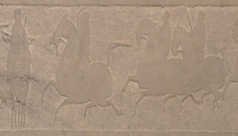World Cultures
Monthly Archive: December Worl
New to ROM: Frances Ferdinands
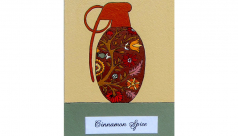
Combining aesthetic beauty and history, this work cleverly and poetically combine references from historical Sri Lankan decorative art alongside meanings that resonate with issues of inequality, injustice, and the exploitation of natural resources during Sri Lanka’s colonial past. Written by Deepali Dewan.
Clay sealings from Edfu, Egypt in the Greek & Roman collection
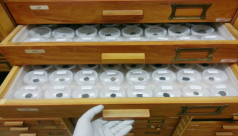
Over a century after they were acquired Ptolemaic artifacts at the Royal Ontario Museum, Greek & Roman collection, get new homes
Weapon Wednesday: Pesh Kabz
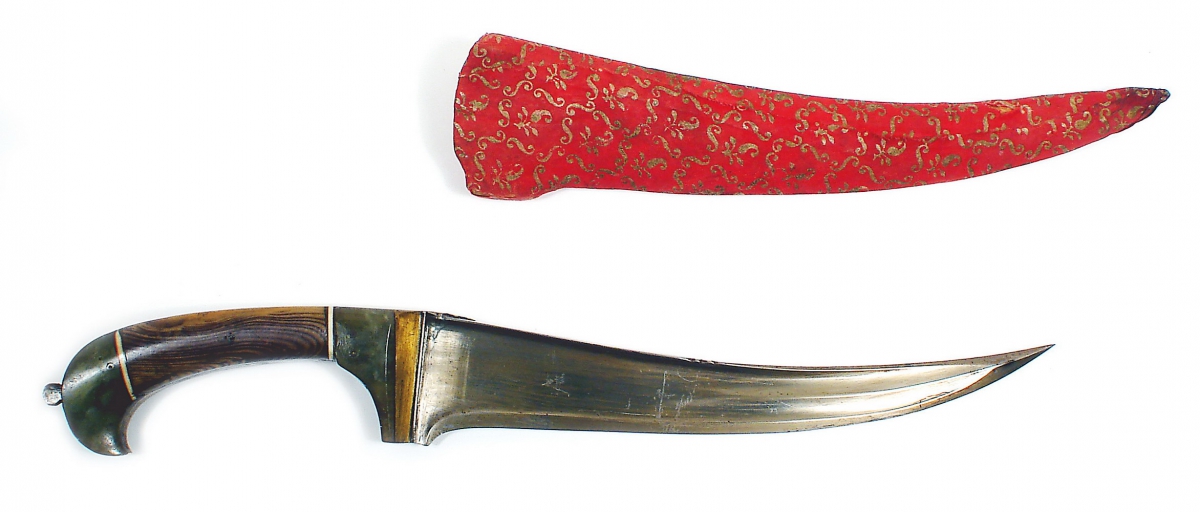
Pesh Kabz, means ‘fore grip’ in Persian, a language from Iran where this style of dagger finds its origins. Written by Aruna Panday
Of Africa at the ROM. Exploring the complexity of African and Diasporic experience.
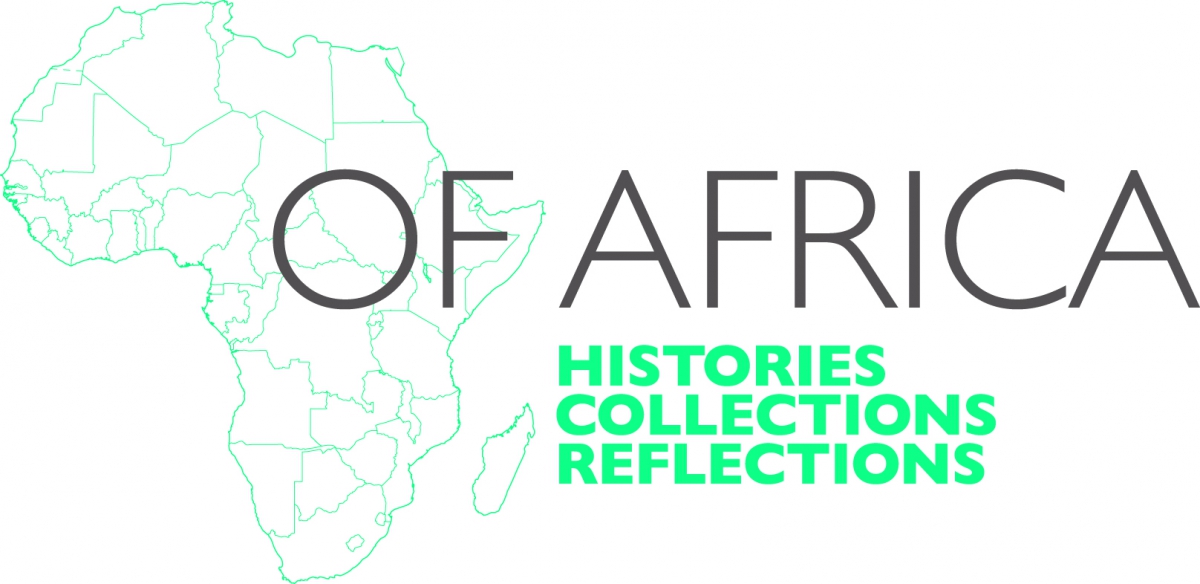
The third week of October marked the launch of the three-year multi-platform project Of Africa: a rich and thought-provoking series of talks and performances entitled Histories, Collections, Reflections.
Nature meets Culture at Archaeology Weekend!
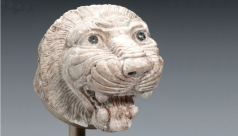
Humans would have been aware of the other creatures that shared their world from earliest times. At first they would have had an eye towards possible predators or competitors, then possible prey as they became hunters. As the cognitive ability of Early Humans developed, they would observe the nature of the animals which co-habited this Earth with them.

